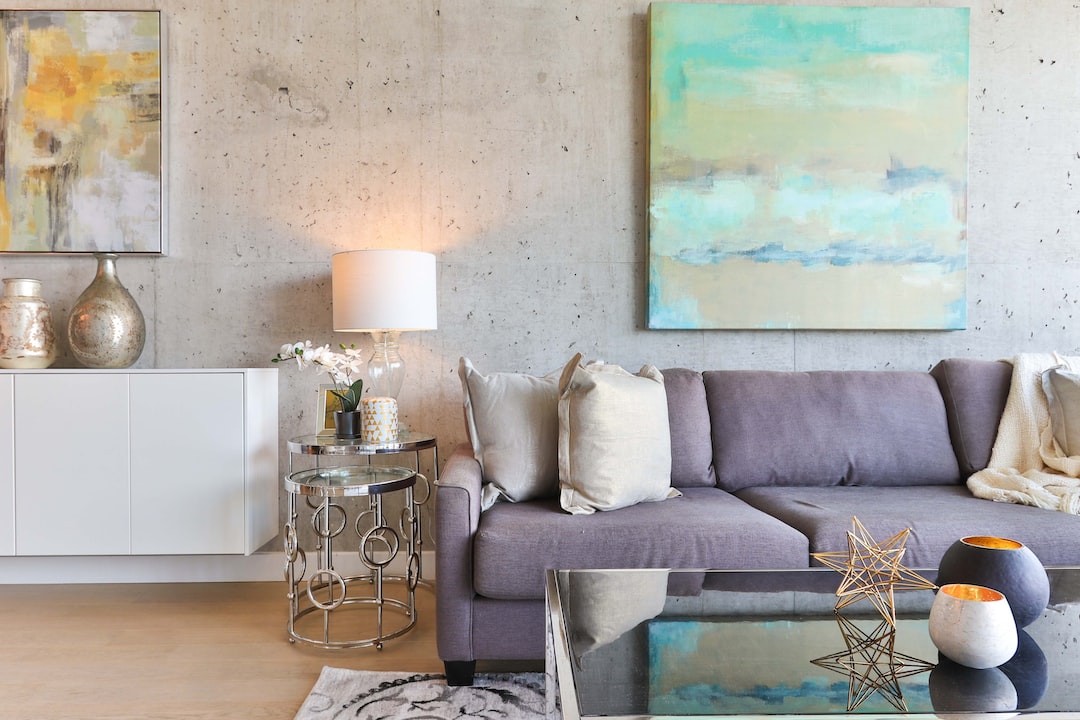The Psychology of Colors in Furniture: Creating the Right Mood
Color is a powerful tool that plays a significant role in our lives. It has the ability to evoke emotions, shape our moods, and even influence our decision-making process. When it comes to furniture, the psychology of colors becomes particularly important, as the right color choices can create the desired atmosphere and ambiance in a space.
Let’s delve into the psychology of colors in furniture and explore how different hues can influence our moods and emotions.
1. Red: The Color of Passion and Energy
Red is a powerful color that evokes feelings of passion, energy, and excitement. It is often associated with love, warmth, and intensity. Incorporating red furniture into a space can add an energetic and stimulating touch to the overall atmosphere. However, it is important to use red sparingly, as excessive use can create a sense of aggression or dominance.
2. Blue: The Color of Calmness and Serenity
Blue is a soothing and calming color that is often associated with serenity, peace, and tranquility. It has a calming effect on the mind and body, making it an ideal choice for furniture in bedrooms, living rooms, or any space where relaxation is desired. Blue furniture can create a sense of harmony and balance in a room, providing a peaceful environment for relaxation and unwinding.
3. Yellow: The Color of Happiness and Optimism
Yellow is a cheerful and uplifting color that is associated with happiness, optimism, and positivity. It is known to stimulate mental activity, making it a great choice for furniture in study areas or creative spaces. Incorporating yellow furniture into a room can create a vibrant and lively atmosphere, promoting a sense of joy and enthusiasm.
4. Green: The Color of Nature and Growth
Green is often associated with nature, growth, and renewal. It has a calming and refreshing effect, making it an ideal choice for furniture in spaces where relaxation and rejuvenation are desired. Green furniture can create a sense of harmony and balance, connecting us to nature and promoting a feeling of serenity and wellbeing.
5. Purple: The Color of Luxury and Royalty
Purple is often associated with luxury, royalty, and extravagance. It evokes feelings of elegance and sophistication, making it a popular choice for furniture in formal living spaces or bedrooms. Purple furniture can add a touch of opulence and grandeur to a room, creating a sense of luxury and refinement.
6. Neutral Colors: Versatile and Timeless
Neutral colors like white, black, beige, and gray are versatile options that never go out of style. They create a clean and timeless look, making them ideal choices for furniture in any space. Neutral colors are often used as a base, allowing other colors and decorative elements to stand out. They can create a sense of calmness and simplicity, providing a versatile backdrop for any design scheme.
In conclusion, the psychology of colors in furniture is a powerful tool that can shape the mood and ambiance of a space. By choosing the right colors for your furniture, you can create the desired atmosphere and influence the emotions of those who inhabit the space. Whether you want to add energy, calmness, happiness, or luxury to a room, understanding the psychology of colors can help you create the perfect environment for your needs.

